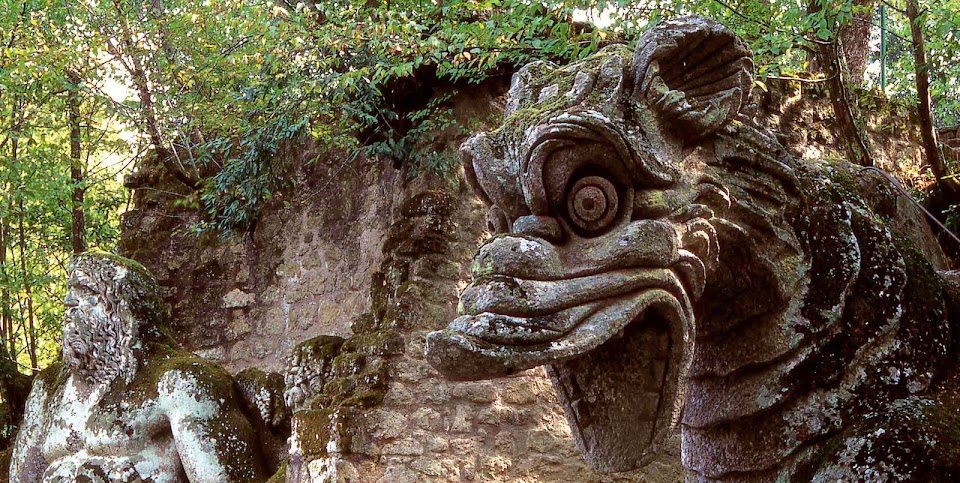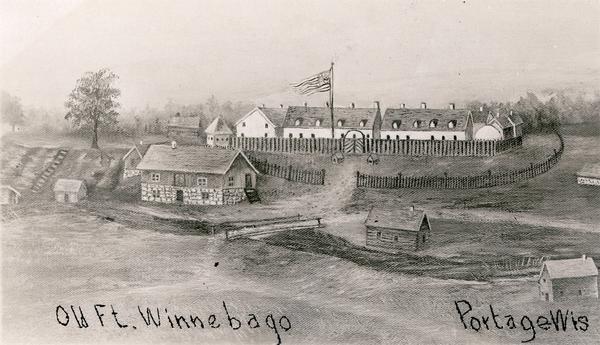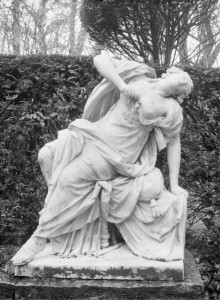 |
| The Miksch Garden by David Bergstone. Image from Old Salem Museum & Garden |
I have to admit to a penchant for the living museum concept. You know the ones, where old buildings are preserved, period garden are planted and people in period dress provide interpretation. One of may favourites in Wales is St Fagans National History Museum, in Holland the Zuiderzee Museum in Enkhuisen is great, as is Bunratty Castle in Eire.
I have a long held and as yet unfilled wish to visit Colonial Williamburg and to the list I need now to add Old Salem Museums and Gardens in Winston-Salem, NC. The museum tells the Moravian story (Moravia is ah historic region in the east of the Czech Republic) and the development of the Wachovia tract in North Carolina, which started with Bethabara and Bethania and eventually included Salem and several other outlying settlements. On the museum's gardens webpage is a quote which appeared in The Carolina Watchman newspaper in 1845, describing Salem's gardens:
I have a long held and as yet unfilled wish to visit Colonial Williamburg and to the list I need now to add Old Salem Museums and Gardens in Winston-Salem, NC. The museum tells the Moravian story (Moravia is ah historic region in the east of the Czech Republic) and the development of the Wachovia tract in North Carolina, which started with Bethabara and Bethania and eventually included Salem and several other outlying settlements. On the museum's gardens webpage is a quote which appeared in The Carolina Watchman newspaper in 1845, describing Salem's gardens:
'Its style and manners (are) very city-like and no place of the same size contains as many plants and flowers. In every window, yard, and garden you behold them and some of very beautiful and rare order. If a great fancy for flowers argues a corresponding taste for all that’s beautiful and lovely, then the people of Salem are unsurpassed.'
Gardens were clearly an important part of life in Salem and The Winston-Salem Journal has a interesting piece examining the garden of the museum's Miksch House - as it was gardened both by Matthew Miksch in the mid-18th century and its historic gardener today, Chet Tomlinson. To quote the Museum website, the garden which belonged to the first privately-owned house in Salme (1771):
'today is planted with an array of vegetables the family would have needed. Pear trees are espaliered along fences with peach and apple trees at lot edges, and border beds are planted with a variety of herbs and flowers, inspired by the 1761 list of Hortus Medicus the Medical Garden in Bethabara, the first Moravian settlement in Wachovia. This early plant list and plan provide detailed information about medicinal and culinary herbs favored by the Moravians.'
And, of course, central to the garden is the use of heirloom varieties.
And, of course, central to the garden is the use of heirloom varieties.












